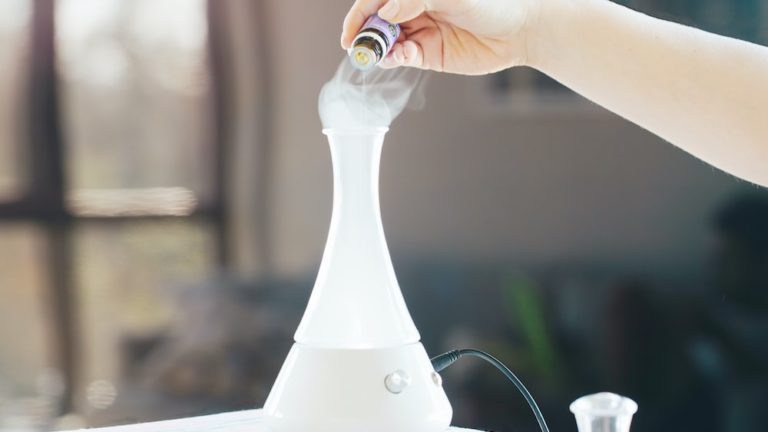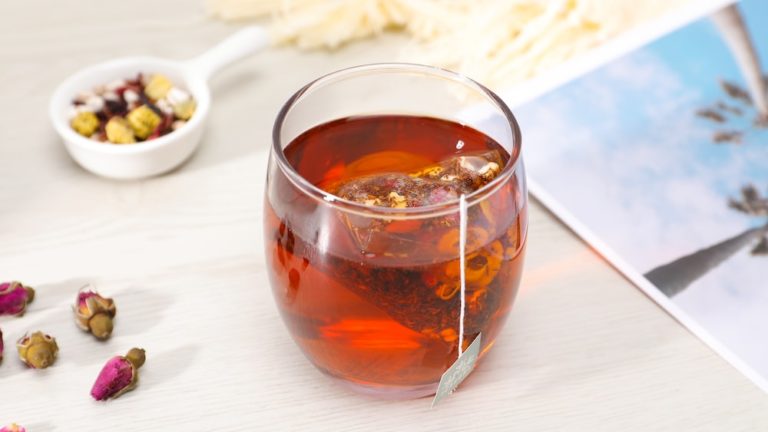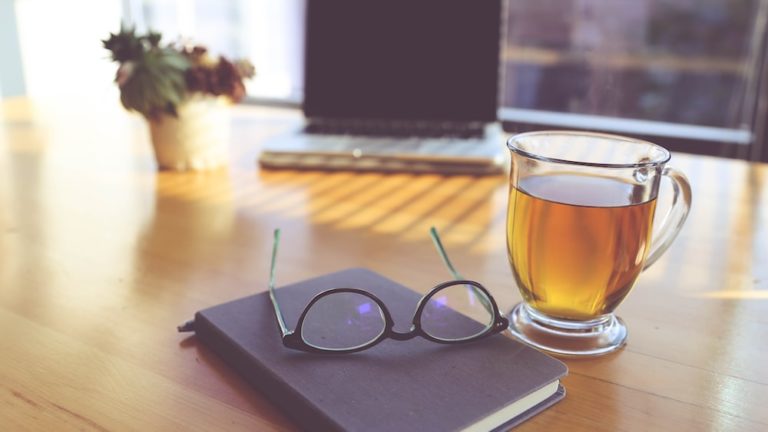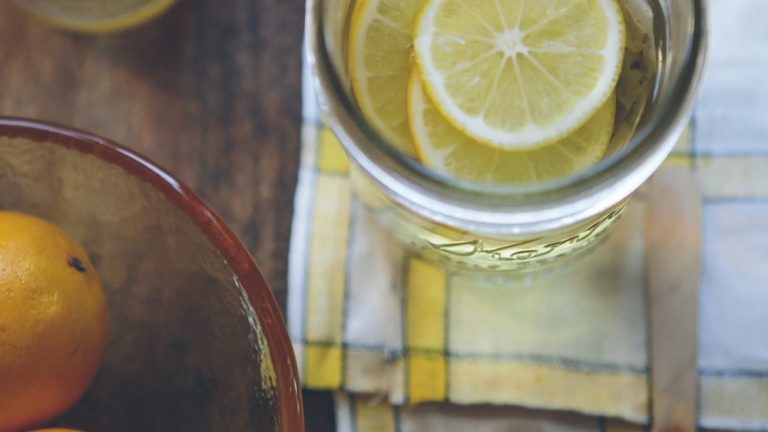Matcha Tea Origin: Unveiling The Ancient Japanese Tradition

Matcha Tea Origin: Unveiling The Ancient Japanese Tradition
Welcome to the world of matcha tea, a vibrant and aromatic beverage that has captivated tea enthusiasts for centuries. Originating in ancient Japan, matcha tea holds a special place in Japanese culture and is renowned for its unique preparation and health benefits. In this blog post, we will explore the fascinating history, cultivation, and making of matcha tea, as well as delve into its various grades and health advantages. Whether you’re a seasoned matcha connoisseur or a curious newcomer, join us as we unveil the secrets of this ancient Japanese tradition and discover why matcha tea has become a beloved beverage around the globe.
The History of Matcha Tea
To truly appreciate matcha tea, it is essential to understand its rich history. The origins of matcha can be traced back to China during the Tang Dynasty (618-907 AD), where powdered tea leaves were used in Buddhist ceremonies. However, it was in Japan where matcha tea flourished and became deeply ingrained in the country’s traditions. The Japanese Zen Buddhists played a pivotal role in popularizing matcha, incorporating it into their meditation practices to promote focus and calmness. Over time, matcha drinking evolved into a formalized ritual known as the Japanese tea ceremony or “chanoyu,” which emphasized harmony, respect, and tranquility.
Origin of Matcha Tea
The word “matcha” literally translates to “powdered tea” in Japanese, reflecting the unique form in which it is consumed. Unlike traditional loose-leaf teas, matcha is made from shade-grown tea leaves that are carefully stone-ground into a fine powder. This vibrant green powder is then whisked into hot water, creating a frothy and invigorating beverage. Matcha tea is primarily produced from the Camellia sinensis plant, the same plant used for other types of tea like green tea and black tea. However, what sets matcha apart is the meticulous cultivation and processing techniques employed to create its distinct flavor and vibrant green color.
Matcha is a unique powdered tea made from shade-grown tea leaves, carefully stone-ground into a vibrant green powder and whisked into hot water, creating a frothy and invigorating beverage.
How Matcha Tea Came to Japan
The story of how matcha tea arrived in Japan is intertwined with the spread of Zen Buddhism. In the 12th century, a Japanese monk named Eisai returned from a visit to China, bringing back with him tea seeds and the knowledge of Zen Buddhism. Eisai played a crucial role in popularizing both Zen Buddhism and matcha tea in Japan. He planted the tea seeds in Kyoto, where the unique climate and fertile soil proved to be ideal for cultivating tea plants. As the cultivation and production of matcha tea spread, so did its consumption among the Japanese population. Matcha became an integral part of Japanese culture, enjoyed by samurais, aristocrats, and eventually the general public.
The Matcha Tea Plant
The matcha tea plant, scientifically known as Camellia sinensis, is a shade-loving evergreen shrub that thrives in temperate climates. It belongs to the Theaceae family and is native to East Asia. The leaves of the matcha tea plant have a distinct elongated shape, with a glossy dark green color. These leaves are hand-picked during specific periods to ensure optimal flavor and quality. The careful cultivation of the matcha tea plant is essential to producing a premium quality matcha powder, as it directly impacts the taste, aroma, and overall character of the tea.
Location on the Tea Bush
When it comes to harvesting matcha tea, only the youngest and most tender leaves are selected. These leaves are located at the top of the tea bush, known as the “flush.” By focusing on the flush, tea farmers can ensure that the leaves used for matcha production have a higher concentration of nutrients and possess a smoother flavor profile. The topmost leaves also receive less sunlight due to the shading process, which contributes to the vibrant green color and rich umami taste characteristic of matcha tea.
Treatment Before Processing
Once the leaves are harvested, they undergo a meticulous treatment process to enhance their flavor and prepare them for grinding into matcha powder. The leaves are steamed to prevent oxidation and preserve their vibrant green color. This steaming process also helps to deactivate enzymes that would otherwise cause the leaves to wither and lose their freshness. After steaming, the leaves are dried and sorted to remove any stems, veins, or impurities. This careful treatment ensures that only the highest quality leaves are used in the production of matcha tea, resulting in a pure and flavorful beverage.

Oxidation
Ah, oxidation – that necessary but pesky process that can make or break your cup of matcha. An improper process can give you a dull, lifeless cup akin to eating cardboard – no thank you!
Oxidation happens when harvested tea leaves are intentionally exposed to air, letting the oxygen react with the enzymes in the leaves. This process profoundly affects tea flavor and color. In simpler words, it’s like tea’s version of getting a complicated haircut; one wrong snip (or puff of air, if we’re being specific) and you’ve got something akin to an 80’s mullet. Now with Matcha, things are a bit different.
The deliciously vibrant green hue of the jade leaf matcha isn’t due to magic (although we’re convinced there’s a teaspoon of enchantment in each cup). Interestingly, Matcha’s whole preparation process is designed to reduce oxidation. The tea plants are shaded for the last few weeks before harvesting. This shading process reduces oxidation and boosts chlorophyll levels in the leaves, resulting in a beautiful emerald green color.
Traditional Preparation of Matcha Tea
Welcome galley-slave, barista, and tea aficionado! You’re all set to step into the world of whisking, frothing, and savoring a traditional matcha tea ceremony. But before we get started, take a deep breath, and clear your thoughts. Preparing matcha isn’t just about the perfect cup; it’s about mindfulness, tranquility, and harmony. Let us dive in, and we promise not to let you drown in intimidating traditions.
Basic Matcha Teaware
Delving into Matcha preparation without discussing the utensils would be like heading into a snowstorm in flip-flops – unthinkable! Are you with me? Here are the fundamental warriors in your matcha battalion.
First up, we have the Chawan, the traditional ceramic bowl where all the magic unfolds. Sip tea in any other bowl, and you’ll feel like you’re having a subpar soup. Then we have the Chasen – a bamboo whisk that’ll froth your matcha into the creamiest brew without leaving any lumps behind. Imagine it as a masseuse for your tea, kneading all the worry lumps away.
The Chawan and Chasen are the essential utensils for preparing Matcha, ensuring a superior tea experience without any lumps.
How to Prepare Matcha Tea
Ready to create your very own all-natural matcha latte at home? No more splurging on expensive cafe versions! Fear not, brave tea-drinker; your journey to the perfect matcha starts here.
First, warm up your Chawan with some boiling water, then discard the water and dry the bowl. Now sift two teaspoons of matcha powder into your bowl, using a sieve. This prevents clumps and ensures a smooth, velvety tea.
Slowly add 60-70ml of hot (not boiling) water to the sifted matcha. Grab your trusty Chasen (the bamboo whisk), hold it like a pen, and begin whisking. The trick’s in the wrist – follow a back-and-forth motion until you see a layer of frothy bubbles forming on the surface. Voilà! Your cup of serenity is ready to be savored!
Different Types of Matcha Tea
From the royal ceremonial grades to the frugal culinary ones, not all matchas are made equal. Think of it this way: all dogs are cute, but a dalmatian isn’t the same as a chihuahua, is it? It’s the same with matcha! There are different grades, each with its own characteristics and ideal usage. Let’s unravel the mystery, shall we?
Ceremonial Grade
The crème de la crème, the alpha of the pack, the pinnacle of all things matcha – I present to you the Ceremonial Grade Matcha. This top tier is produced from the youngest tea leaves – sans the stems and veins, making it the purest and most potent character in our matcha story.
Ceremonial grade matcha boasts of a rich, vibrant green color, a silky smooth texture, and a slightly sweet, delicate flavor. It’s like the equivalent of a supreme pizza on the menu list, the one with extra cheese. It’s primarily used for drinking straight – the traditional Japanese tea ceremony and tastes best when whisked with hot water.
Premium Grade
Premium grade matcha, also known as ‘usucha,’ tailgates right behind the ceremonial grade. Produced from leaves picked right after the first harvest, it sports a slightly lighter green hue. Not quite the diva that ceremonial grade is, but a superstar nonetheless.
Now, premium grade might not be as rich or sweet as its sophisticated cousin, but it arguably presents the best value. Primed for daily consumption, it boasts health benefits, a balanced flavor, and a slightly higher price than the everyday culinary matcha but far less than the ceremonially grand matcha. It can flip between the traditional tea setting to make your delightful home elixirs.
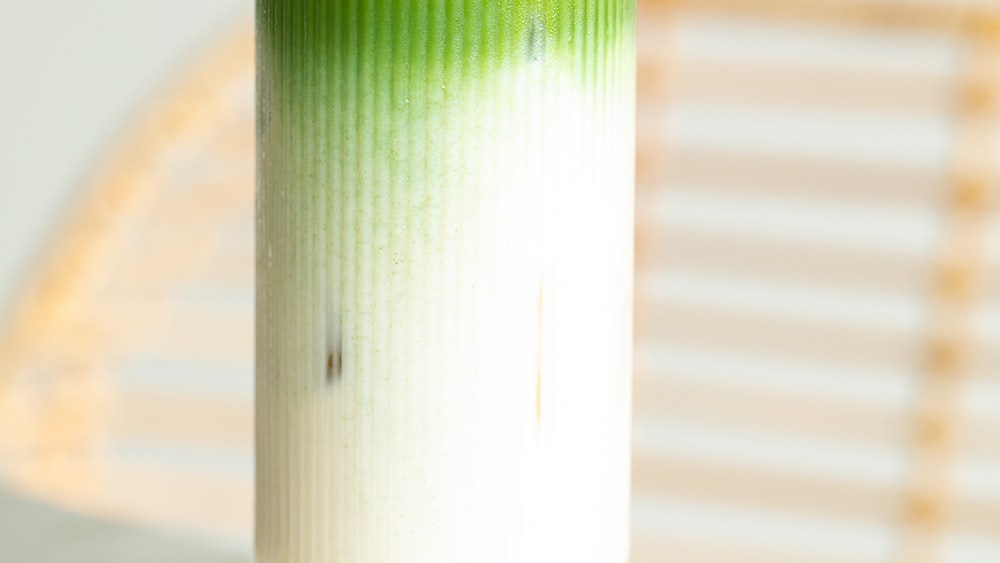
While it’s mostly utilized in beverages, it can also sneak its way into some culinary preparations where the flavor of matcha needs to stand out! It’s multi-talented, flexible, and doesn’t burn a hole in your pocket. What’s there not to love?
Culinary Grade
Finally, making an entrance into this matcha parade is our beloved culinary grade matcha. Picked after our premium friend, it possesses a more robust and bolder flavor profile. It’s the matcha equivalent of a Three Musketeers candy bar, packing a punch in every bite.
With a somewhat coarser texture and slightly lower price, it’s perfect for flavoring, not drinking straight. You’ll find culinary matcha being the star in such items as ice creams, chocolates, lattes, and even baked goods. Reasonably priced, this grade introduces you to the matcha universe without breaking the bank.
Culinary grade matcha is the matcha equivalent of a Three Musketeers candy bar, with a robust flavor profile and is perfect for flavoring baked goods and other treats.
The Health Benefits of Matcha Tea
A teaspoon full of matcha may not make a medicine go down, but it can surely keep the doctor away! Packed with antioxidants, fiber, minerals, and vitamins, this super-drink is always ready to flex its muscles (if it had any). Whether you’re brewing it as a traditional drink or whipping it into your smoothie, matcha serves wellness on a plate, err, in a cup! More on this blooming wellness tantalizer coming up.
What is Matcha Good For?
So, you’re wondering, what’s this green powder matcha good for, eh? Let me unveil the goodies that matcha holds! Packed with antioxidants, matcha leads the charge in defending the body against cell damage. Studies linked to the National Institutes of Health have shown that matcha can reduce heart disease risk and even aid in blood sugar regulation. You’d be surprised to know matcha also carries a healthy spice base known as L-theanine. This amino acid enhances brain function and helps to promote calm. Cool, right?
Now, we’re not lab rats quivering their whiskers here, checking if we’re healthier after gulping down matcha. But it doesn’t take a science geek to see that something ancient, something as radiant green as a spring morning, might just have some decent health benefits. So, why not brew a cup of matcha and let the steaming swirls transport you to a peaceful Zen garden?
And here’s the cherry on the cake – or should we say the sprinkle on the matcha latte? Matcha can boost metabolism and burn fat, making it a great ally for weight loss. How’s that for a cup of tea that does more than just quench thirst and tickle the palate!
Does Matcha Have Caffeine?
Hold on to your teacups, folks – the brew’s going to get a bit wild! You bet, Matcha does have caffeine. But don’t dash off to switch to English breakfast just yet. The beauty of matcha lies not just in its intense, earthy flavor, but also in how it provides a “gentle” caffeine high. The kind that doesn’t give you the jitters or a swift crash an hour later when you’re in the middle of a crucial meeting.
Doesn’t sound like your regular caffeine kick, does it? The reason lies in our main man, L-theanine again. This nifty compound works in tandem with caffeine to release it slowly into the body, leading to sustained energy levels and better focus. In essence, matcha provides a subtle yet profound awakening that doesn’t leave you feeling like a drained battery.

FAQs
1. What is the difference between Matcha and regular green tea?
The difference between Matcha and regular green tea is like that between a symphony orchestra and a solo instrument. Matcha is a finely ground powder made from green tea leaves that are shaded from the sun before harvest, intensifying their flavor and nutritional content.
2. How does the origin of Matcha tea affect its taste?
When it comes to taste, the origin of Matcha tea plays a unique role. Matcha from Japan, particularly Uji and Aichi, tends to have a rich, smooth, and slightly sweet flavor, thanks to the region’s climate and soil conditions.
3. What are the different grades of Matcha tea?
The different grades of Matcha tea are primarily Ceremonial, Premium, and Culinary. The difference lies in the quality of leaves used, processing techniques, and ultimately, the taste and price.
4. How is Matcha tea traditionally prepared in Japan?
In Japan, Matcha tea is traditionally prepared by whisking the fine powder with hot water using a bamboo whisk in a bowl until it’s frothy. It’s an art form!
Conclusion
Well, dear tea enthusiasts and health gurus in disguise, we’ve journeyed through the verdant hills where matcha begins its life, dived deep into its rich history, and even brewed our own little cup with the wisdom of ancient Japanese tradition. We hope it’s been a matcha-filled ride as vibrant as the tea itself!
Remember, matcha is more than just a drink. It’s a celebration of culture, health, and the promise of serenity in every cup. So go on, enjoy that extra sip, savor the swirls of flavor, and delve into the experience. Who knows, you just might find the matcha is indeed, a match made in heaven for you!
After all, life’s too short for bad tea, right? Until next time, keep steeping those leaves and loving the journey. This is Zoe, signing off. Keep steepin’ and sippin’!



